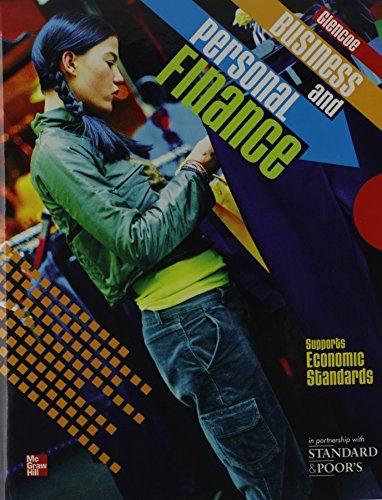Answered step by step
Verified Expert Solution
Question
1 Approved Answer
Solution 9/27/2016 Chapter: 7 Valuation of Stocks and Corporations Problem: 23 Value Drivers in the Free Cash Flow Valuation Model Traver-Dunlap Corporation's has a 15%
| Solution | 9/27/2016 | ||||||
| Chapter: | 7 | Valuation of Stocks and Corporations | |||||
| Problem: | 23 | Value Drivers in the Free Cash Flow Valuation Model | |||||
| Traver-Dunlap Corporation's has a 15% weighted average cost of capital (WACC). Its most recent sales were $980 million and its total net operating capital is $870 million. The following shows estimates of the forecasted growth rates, operating profitability ratios, and capital requirement ratios for the next three years. All of these ratios are expected to remain constant after the third year. Use this information to answer the following questions. | |||||||
| Estimated Data for Traver-Dunlap Corporation | |||||||
| Forecast | |||||||
| 1 | 2 | 3 | |||||
| Annual sales growth rate | 20% | 6% | 6% | ||||
| Operating profitability (NOPAT/Sales) | 12% | 10% | 10% | ||||
| Capital requirement (OpCap/Sales) | 80% | 80% | 80% | ||||
| Tax rate | 35% | 35% | 35% | ||||
| a. Use the data to forecast sales, net operating profit after taxes (NOPAT), total net operating capital (OpCap), free cash flow (FCF), growth rate in FCF, and return on invested capital (ROIC) for the next three years. What is the FCF growth rate for Year 3 and how does it compare with the growth rate in sales? What is the ROIC for Year 3 and how does it compare with the 15% WACC? | |||||||
| Current | Forecast Year | ||||||
| 0 | 1 | 2 | 3 | ||||
| Sales | $980 | ||||||
| Net operating profit after taxes | |||||||
| Total net operating capital | $970 | ||||||
| FCF = NOPAT Investment in OpCap | |||||||
| Growth in FCF | |||||||
| ROIC = NOPAT/OpCap | |||||||
| b. What is the value of operations at Year 3, Vop,3? What is the current value of operations, Vop,0? How does the value of operations at Year 0 compare with the total net operating capital at Year 3, and what might explain this relationship? | |||||||
| Free cash flow at beginning of the constant growth phase (FCF3) = | |||||||
| Weighted average cost of capital (WACC) = | 15.00% | ||||||
| Constant growth rate (gL) = | |||||||
| HV3 = Vop, 3 = | |||||||
| Present value of HV = | |||||||
| Present value of free cash flows = | |||||||
| Total value of operations at Year 0, Vop, 0 = | |||||||
| c. Suppose the growth rates for Years 2, 3, and thereafter can be increased to 7%. What is the new value of operations? Did it go up or down? Why did it change in this manner? | |||||||
| Sales growth rates after Year 1 = | 7% | ||||||
| Total value of operations at Year 0, Vop, 0 = | Hint: Create a scenario and copy the new scenario's output as a value. | ||||||
| d. Return the growth rates to the original values. Now suppose that the capital requirement ratio can be decreased to 60% for all three years and thereafter. What is the new value of operations? Did it go up or down relative to the original base case? Why did it change in this manner? | |||||||
| Capital requirement ratios = | 60% | ||||||
| Total value of operations at Year 0, Vop, 0 = | Hint: Create a scenario and copy the new scenario's output as a value. | ||||||
| e. Leave the capital requirement ratios at 60% for all three years and thereafter, but increase the sales growth rates for Years 2, 3, and thereafter to 7%. What is the new value of operations? Did it go up or down relative to the other scenarios? Why did it change in this manner? | |||||||
| Sales growth rates after Year 1 = | 7% | ||||||
| Capital requirement ratios = | 60% | ||||||
| Total value of operations at Year 0, Vop, 0 = | Hint: Create a scenario and copy the new scenario's output as a value. | ||||||
Step by Step Solution
There are 3 Steps involved in it
Step: 1

Get Instant Access to Expert-Tailored Solutions
See step-by-step solutions with expert insights and AI powered tools for academic success
Step: 2

Step: 3

Ace Your Homework with AI
Get the answers you need in no time with our AI-driven, step-by-step assistance
Get Started


